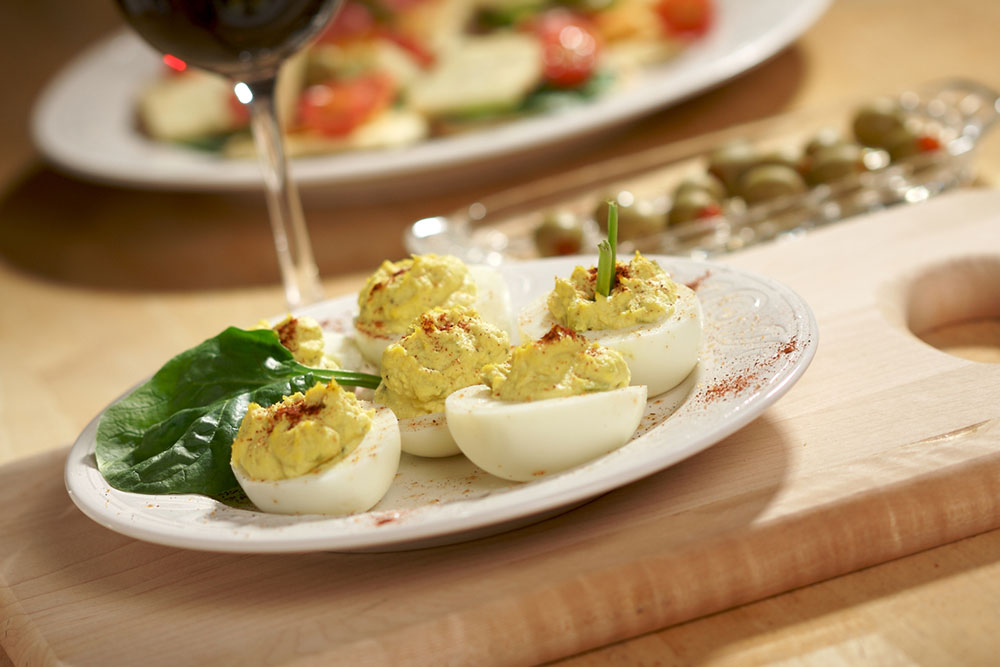Here’s Why You Should Add Protein to Your Diet
A balanced eating plan is proportionately rich in all the nutrients our body needs to grow. One of these vital nutrient groups is proteins, which are macronutrients required for muscle buildup. Proteins are made up of amino acids and help the body acquire adequate amounts of calories and energy. According to the Department of Agriculture, the ideal protein intake for each individual depends on factors like age, sex, and physical activity levels.
Benefits of protein
Proteins fuel the muscles that help in metabolism and strengthen the immune system of a person.
A study says that a person should have an intake of 1-1.2 grams of proteins per kilogram of body weight.

Observation from an experiment conducted by Journal of Nutrition in 2015, was that teens who had high protein foods in the noon showed a better appetite and felt full, which consequently proved better mood and cognition.
Sources of the macronutrient
Edibles acquired from poultry, meats, seafood, beans, and peas are high protein foods.
According to the Department of Agriculture, those who prefer an alternative to meats can substitute the source with soy, hemp, and whey, which are equally high protein foods.
- Whey protein is a byproduct of the cheese making process and found in nutrient supplements like protein powder. It promotes weight loss and contains 20 grams of protein in each scoop.
The list of high protein foods is a rather endless one, offering choicest food items to select based on an individual’s personal choice. Some of them are briefly discussed below.
- Top or bottom round steak contains 23 grams of proteins in every 3 ounces of serving. These are leaner cuts.
- Lean ground beef has 18 grams per 3 ounces of serving.
- Pork chops can provide 26 grams of proteins in every 3 ounces.
- Chicken breasts (skinless) contains 24 grams in every 3 ounces. It is considered to be the best bodybuilding food item as compared to the other poultry cuts. It is equally as good as compared to the Turkey breasts which are also warehouses of proteins offering 24 grams in every 3 ounces
- Sockeye salmon has 23 grams of proteins to provide per 3 ounces.
- Yellowfin tuna has 25 grams of protein which is the highest in the list of high protein foods as compared to the meats.
- Canned foods like sardines, tunas, etc. offer around 22 grams of protein.
- Greek yogurt has twice the number of proteins that the other yogurts offer. It helps to keep the sugar level under control. It offers 23 grams of protein per 8 ounces.
- For a protein-rich burger or sandwich, spread the Swiss cheese over the bun for a better muscle development.
- Looking out for a late-night grub? Have some cottage cheese. It energizes the muscles and prevents from waking you up at night with a hungry stomach. It has 14 grams of proteins per half cup of serving.
- Eggs offer 6 grams of protein in every large sized egg.
- Navy beans provide 20 grams of proteins in each cup.
- 13 grams of proteins are offered by lentils per quarter cup.
- Peanut butter gives 8 grams of proteins in every 2 tablespoons.
- Mixed nuts also contain 6 grams of protein in every 2 ounces of serving.
- Quinoa has 8 grams of proteins in every cup.
- Edamame has 8 grams of proteins which can be obtained in every half cup.
- Soya noodles provides 12 grams per 3 ounces.
However, given the tight schedule and not having the time to have a proper meal than alternate it with an energy bar, a cereal bar or some meal replacement drink, and make sure it contains at the least 6 grams of protein.
An extensive research states that adding high protein foods to your breakfast, e.g., eggs or yogurt can keep you full and reduce your food intake throughout the day.

